Watch & Listen
Beethoven’s Triple Concerto
Concert Information
When: Thursday, February 18, 7:30 pm (Premiere at victoriasymphony.ca)
Program: Beethoven’s Concerto for Violin, Cello, and Piano in C major, Op. 56
Conductor: Giuseppe Pietraroia
Soloists: Lorraine Min, piano Terence Tam, violin Brian Yoon, cello
Victoria Symphony
Music Director, Christian Kluxen
Associate Conductor, Giuseppe Pietraroia
Violin
Christi Meyers, Assistant Concertmaster
Tori Gould, Principal 2nd Violin
Cory Balzer
Müge Büyükçelen
Courtney Cameron
Michele Kwon
Philip Manning
Emily Salmon
Julian Vitek
Viola
Kenji Fuse, Principal
Stacey Boal
Kay Cochran
Mieka Michaux
Cello
Hannah Craig
Joyce Ellwood
Perry Foster
Bass
Mary Rannie, Principal
Darren Buhr
Flute
Richard Volet, Principal
Oboe
Michael Byrne, Principal
Russell Bajer
Clarinet
Keith MacLeod, Principal
Jennifer Christensen
Bassoon
Jennifer Gunter, Principal
Anne Marie Power
Horn
Alana Despins, Principal
Michael Oswald
Trumpet
Ryan Cole, Principal
David Michaux
Timpani
Bill Linwood, Principal
Operations Manager
Liz King
Librarian
Christopher Reiche Boucher
Orchestra Manager
Eric Gallipo
Filmed January 16, 2021 on location at Royal Theatre Session Producer: Theresa Leonard Video Production: Roll.Focus. Audio Engineer: Paul Luchkow Audio Producer: Theresa Leonard Assistant Audio Producer: Yariv Aloni Audio Consulting and Mic Rental: Kirk McNally
Written by Kimberley Manerikar
Concerto for Violin, Cello, and Piano in C major
Ludwig van Beethoven (1770-1827)
“What a humiliation when one stood beside me and heard a flute in the distance and I heard nothing, or someone heard the shepherd singing and again I heard nothing. Such incidents brought me to the verge of despair, but little more and I would have put an end to my life – only art it was that withheld me. Ah it seemed impossible to leave the world until I had produced all that I felt called upon me to produce…”
These words sprang from the pen of Ludwig van Beethoven in a letter addressed to his brothers in October of 1802. The letter, which was discovered after the composer’s death and apparently never sent, is often held as a testament to both the acute distress felt by the composer as he came to realize the impairment of his hearing was worsening and likely irreversible, and to his ultimate conviction in the destiny of his art. It also provides insight into the mind of the composer at the precipice of a recognized turning point in his output—the beginning of his so-called “middle period.”
In February 1803 following the fashion of the day, Beethoven was engaged by the Wiedener Theater to write an opera. Though his opera would emerge tenuously over several years and be interrupted by a change in ownership of the theatre which would temporarily void his contract, during this period Beethoven would produce numerous substantial instrumental works. Some favourites from this time include his Symphony No. 3 (‘Eroica’), his op. 53 (‘Waldstein’) and op. 57 (‘Appasionata’) piano sonatas, and his Op. 59 (‘Rasumovsky’) string quartets. Beethoven’s ‘Triple Concerto’ is a lesser known work from this period. Though it received only one performance during Beethoven’s life—an apparently lackluster premiere—the merits of this unusual piece are now well recognized.
The first movement opens with the introduction of the main sonata allegro themes in the orchestra. Introduced first in the cellos and basses and subsequently passed to the violins, this instrumentation is mirrored by the subsequent introductions of the solo cello and solo violin. Warm and good-natured, the movement features some skillful interchanges between soloists and some brief solo features for each instrument, before building toward an exhilarating conclusion.
The second movement offers a slower pace and a chance to revel in the beautiful turns of a cantabile melody shared between the solo cello and solo violin. The piano acts more as an extension of the orchestra in this movement than as a soloist, providing a tender accompaniment for the strings.
The final movement follows without pause, launched by some pregnant, repeated-note figures that cascade into an elegant Rondo ‘alla polacca’ (“in the rhythm and character of a polonaise”). Ebullient and nimble, the exchanges between soloists and between trio and orchestra demonstrate the playfulness with which the composer approached the unique potential of the triple concerto.
The Victoria Symphony would like to thank the following sponsors and Government funders for their support during our 2020/21 Virtual Season.
Platinum Sponsors:

Butler Brothers Supplies, Ltd.
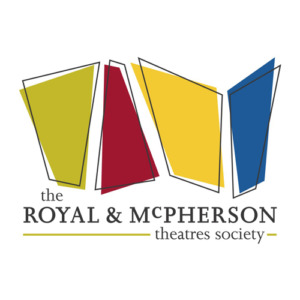
Royal MacPherson Theatres Society

Chateau Victoria Hotel & Suites
Silver Sponsors:

Island Savings Wealth Management

MET Fine Printers

Horne Coupar LLP

Long & McQuade
Media Sponsors:
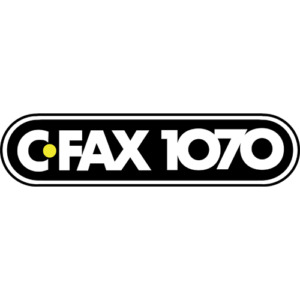
CFAX 1070 Radio

CTV Vancouver Island

Virgin Radio

Times Colonist

used.ca

Fine Floral Designs

KPMG

LA Limousines

Lighthouse Brewing Co.

Tom Lee Music
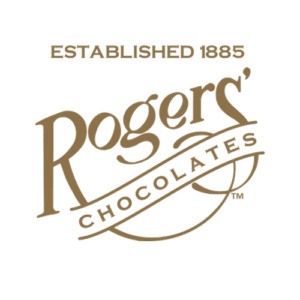
Rogers’ Chocolates

Royal MacPherson Theatres Society

Odlum Brown Limited
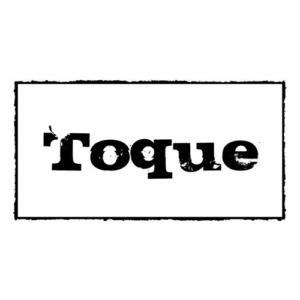
Toque Catering

Vessel Liquor Store
Government Funders & Foundations:
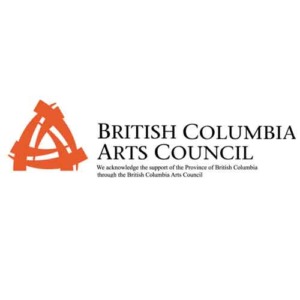
BC Arts Council
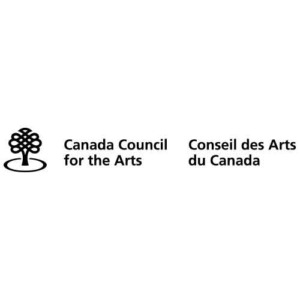
Canada Council for the Arts

Canadian Heritage
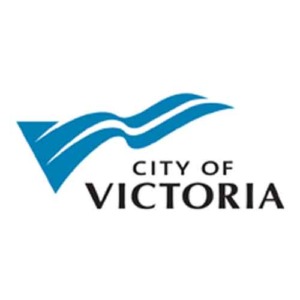
City of Victoria
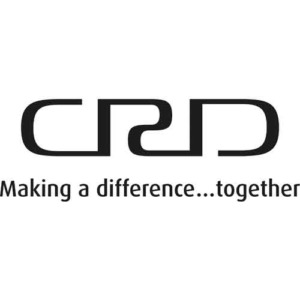
CRD

Province of British Columbia
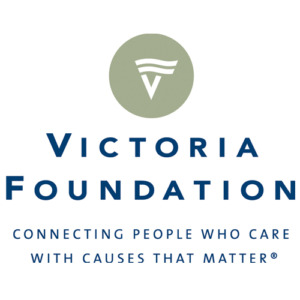
Victoria Foundation
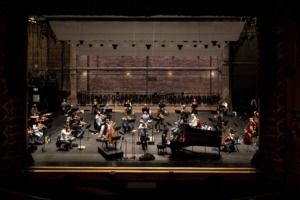
Rehearsal at the Royal Theatre.
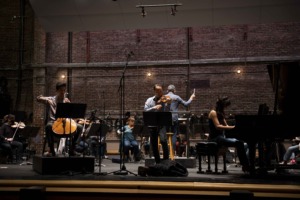
Three soloists for Beethoven’s Triple Concerto.
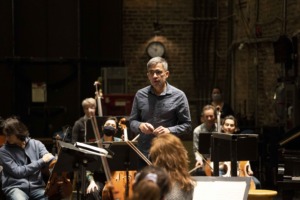
Giuseppe Pietraroia.
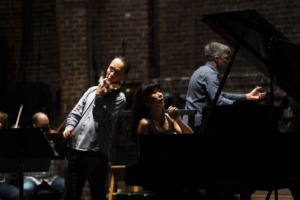
Terry Tam and Lorraine Min.
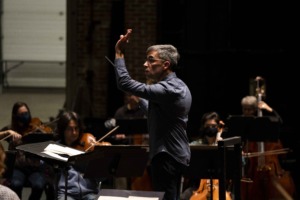
Rehearsing Beethoven’s Triple Concerto.
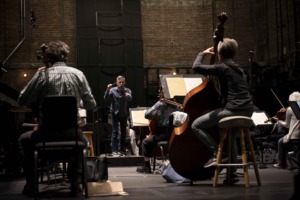
Rehearsing Beethoven’s Triple Concerto.
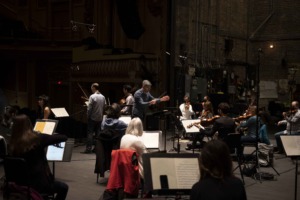
Strings at the Royal Theatre.
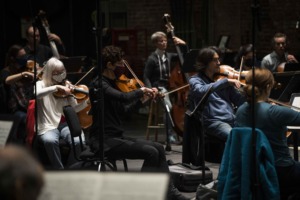
Violas and basses rehearsing Beethoven.
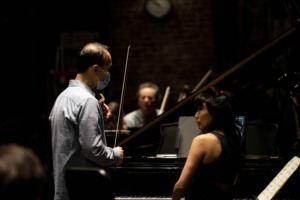
Soloist consultation – Victoria Symphony.
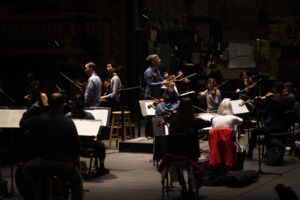
Victoria Symphony.
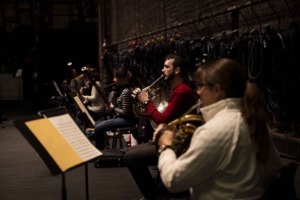
Brass and winds.
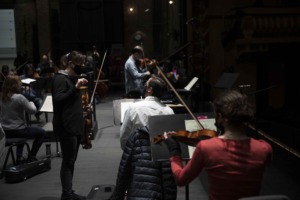
String consultation.
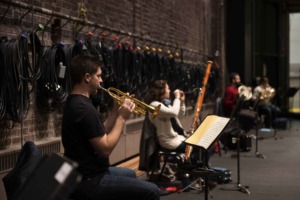
Trumpet, winds and horns.
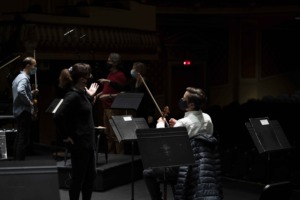
A little discussion – Beethoven’s Triple Concerto.
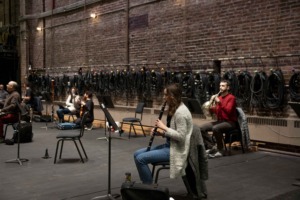
Clarinet.
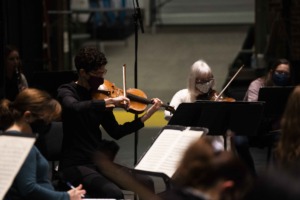
Violas.
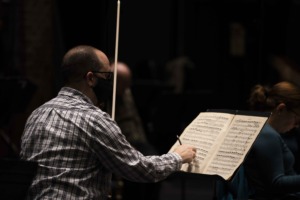
Adjustments to the score – Beethoven’s Triple Concerto.











































